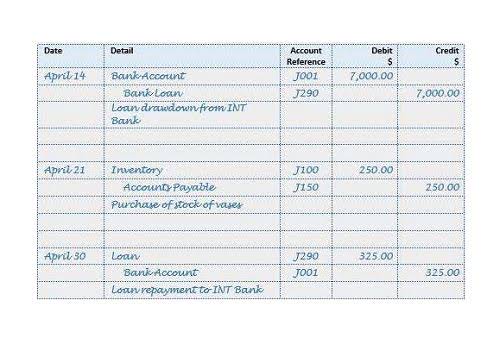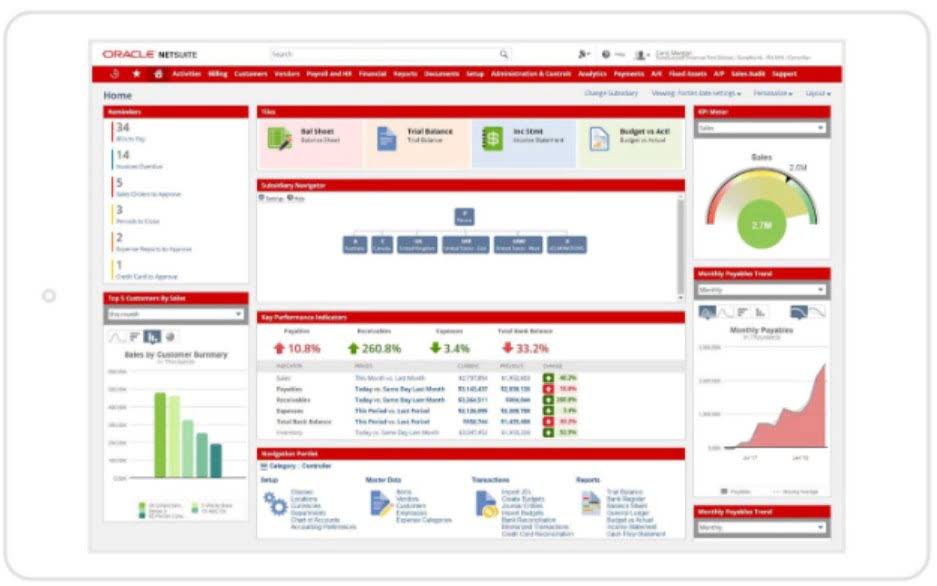
It revolves around simplifying and standardizing accounting processes and data formats across the organization. Standardization ensures that everyone uses a consistent methodology and terminology when recording and reporting financial data. It reduces confusion and the likelihood of discrepancies, making it easier for stakeholders to understand financial reports. A Record to Report (RTR) professional is responsible for managing and overseeing the RTR process within an organization. This involves ensuring the accuracy and completeness of financial data, maintaining bookkeeping compliance with accounting standards and regulations, and optimizing the RTR process to improve financial performance and reduce risk.
- Reconciliations compare internal financial records with external statements to ensure consistency.
- Advanced analytics provide deeper insights into financial performance through predictive modelling and scenario analysis.
- Establishing standard workflows for each step of the process and documenting these processes is a must to ensure consistency and minimizing errors.
- During consolidation, it’s important to compile all relevant financial records and ensure that intercompany transactions are correctly accounted for.
- Maintaining the accuracy and reliability of financial data can be a challenge for the financial team, given the data entry errors, unreliable data sources, and manual processes.
- To address these challenges, companies can implement automation tools and integrate systems to streamline the process and reduce manual errors.
What are their key responsibilities?
- Dave has just started working on the Financial Accounting department of Bike Company.
- In the end, a well-defined R2R process becomes a pillar of long-term sustainable business expansion and operational efficiency.
- Suppose ABC Inc. embraces cloud-enabled technology to streamline its record to report (R2R) process.
- Of course, a key to remember is that this process doesn’t include sourcing or finding suppliers.
- Additionally, the R2R process helps to ensure that financial data is reported in a timely manner, which is essential for making informed business decisions.
Record-to-Report (R2R) is a financial management process used in accounting to collect, process, and summarize business transactions into comprehensive reports. These reports provide a snapshot of a company’s financial status, helping management understand and make decisions about the company’s financial performance. Essentially, it’s the step-by-step process that transforms raw financial data into valuable insights for stakeholders. Automation and standardization within the R2R process reduce the time and effort required for financial reporting, leading to cost efficiency.
Best Practices

The R2R process ensures accurate and timely financial reporting, improving decision-making and compliance. It streamlines financial operations by reducing manual errors and increasing efficiency. Additionally, it provides greater transparency, enabling better financial insights and strategic Outsource Invoicing planning.

What is R2R and its steps?

Finally, the finance and/or accounting team(s) determine the best way to present the resulting information and share the report with internal and external stakeholders. The report—which may differ depending on data complexity, information needs, and formatting requirements—is then used to make key business decisions moving forward. Consolidation involves combining financial data from various departments or subsidiaries into a single set of financial statements.
The illusion of progress: Why “automated” finance tools still run on human duct tape
CFOs and controllers are rethinking finance for today’s challenges and tomorrow’s wins, driven by swifter financial close and better insights for smarter, faster decisions. Once the data is collected, it needs to be entered into the accounting system through journal entries. This includes properly categorizing expenses and making sure debits and credits are balanced. Record-to-report, r2r meaning in finance remember and covers the entire cycle from data capture to financial statement generation and analysis. After reviewing the data for completion and accuracy, various reports can be generated.
It includes a detailed review and validation of data to ensure compliance with accounting standards. The Record-to-report (R2R) process is a comprehensive framework that encompasses the steps required to record, process, and report financial transactions within an organization. It ensures the accuracy and integrity of financial data, facilitating effective decision-making and compliance with regulations. While the R2R process offers many advantages, it also presents a number of challenges. One major issue is data inaccuracies caused by manual entry or system errors, which can compromise the integrity of financial reports.
